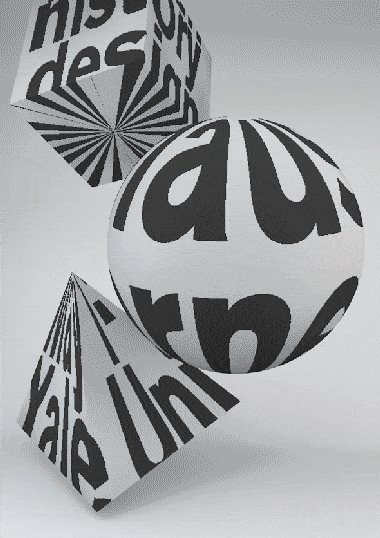After the Bauhaus, Before the Internet: A History of Graphic Design Pedagogy
This two-day conference traces a history of graphic design pedagogy in the United States from the late 1950s to the mid 1990s. Its inception comes from Katherine McCoy, who notes “graphic design moves from a professional practice to a discipline when design writes its own histories and theories.” We will examine the historicity of this statement, particularly within the broader context of design today, ripe with Silicon Valley chatter that interpolates terms like “interdisciplinarity” and “problem solving” into everyday speech. The introduction of comparative literature, history, and the rhetoric of postmodernism into graphic design leads to the creation of a historically-specific design discourse: a disciplinary act of self-theorization. But what does this mean for our present moment in which seemingly everyone is a designer, a time when all our choices and behaviors are “curated,” and when the notion “design thinking” is recruited to solve problems from across the economic and disciplinary spectrum? At a moment of design history when the call is for “inter-,” “trans-,” and “multi-disciplinary” strategies, we aim to slow these terms down, to parse them within a longer historical and conceptual scope. For if the language of graphic design has been generalized to those well outside the field, how should we think about the legacies and prospects of graphic design as a discipline? To follow Katherine McCoy’s logic: How do we write our histories? What are the theories that guide our approaches?
Confirmed speakers:
We invite you to join us for After the Bauhaus, Before the Internet: A History of Graphic Design Pedagogy at Loria Center for the Arts at Yale University (190 York Street, New Haven CT 06511). Although the conference is free and open to the public, we do request that you please register in advance here.

